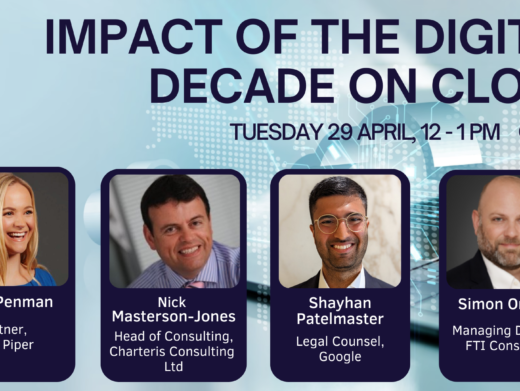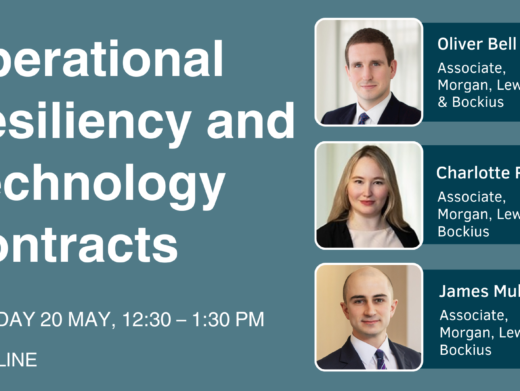The Court of Appeal has recently dismissed the appeal in EE Ltd v Virgin Mobile Telecoms Ltd [2025] EWCA Civ 70.
The case arose in the context of a dispute between EE and Virgin Mobile. VM had stated that EE’s claim was for loss of profit and, therefore, the claim was excluded by the following clause which formed part of a suite of detailed liability clauses:
“34.5… neither Party shall have liability to the other in respect of:
(a) anticipated profits, or
(b) anticipated savings.”
VM was granted summary judgment ruling out this type of claim.
EE appealed – the question as whether EE’s clam was excluded as being one “in respect of … anticipated profits”, on the proper interpretation of that phrase in clause 34.5(a),
The Court of Appeal, by majority decision, dismissed the appeal. It said that for EE’s claim to fall outside the exclusion clause it had to show that “anticipated profits” meant profits anticipated to be outside the agreement. However, the agreement did not say that, and as Coulson LJ explained, to import such a qualification would “do violence” to the actual language of the exclusion clause.
Zacaroli gave the leading judgment, saying that, in summary:
- there is no overarching principle of law that limits an exclusion of liability for loss of anticipated profits to losses other than expectation loss or diminution in price;
- in some cases, similar wording has been found to be so limited, but in other cases it has not;
- the wording of the exclusion in this case was clear and unequivocal;
- clauses 34.4 and 34.5 were intended to be read cumulatively, so that liability for anticipated profits was intended to indicate something additional to loss which did not arise directly from the performance of the agreement, and if the parties had intended clause 34.5(a) to cover only direct loss of profit claims that do not fall within the ambit of expectation loss, they would have done so specifically;
- “anticipated profits” is used within clause 34.5 interchangeably with “loss of profits”;
- the fact that at least the paradigm case that falls within clause 34.3(c), and is thus carved out from the exclusion in 34.5(a), is a claim for expectation loss points towards such a claim otherwise being covered by clause 34.5(a);
- the clause was part of a lengthy contract drafted with the assistance of legal advice on both sides, involving a careful allocation of risk for both parties; and
- the consequences of this reading of clause 34.5(a), in the context of the range of its possible applications when the contract was agreed, were commercially reasonable, and no less so than the alternative reading, particularly in view of the substantive remedies that remained across those applications (whether by way of damages or equitable relief).
Accordingly, EE’s claim was excluded by clause 34.5(a).
However, there was a dissenting judgment. Phillips LJ said that it was far from clear that the exclusion of damages claims for “anticipated profits” encompasses a claim for loss of revenue by reason of a breach of the exclusivity provision. His view was that the loss was properly to be regarded as a readily ascertainable sum that would have been payable to EE by way of the contractual price for the use of its services had VM not diverted its business elsewhere. In contrast, the term “anticipated profits” indicated hoped for but uncertain profits which would arise as a consequence of, but outside, performance of the contract, not sums directly payable under the contract. Therefore, he would have allowed the appeal.
As there was a dissenting judgment, and as Coulson LJ said he “had not found the central issue in this case easy to decide”, there may well be an appeal to the Supreme Court.




